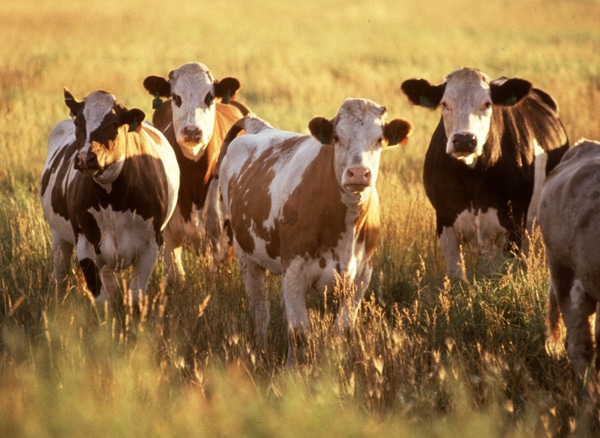January 19, 2011

Many producers seem to be feeling a bit of disbelief when it comes to current cattle markets, worrying about a vague sense that there is another shoe to fall.
“Such feelings are understandable given everything the cattle industry has been through in the past several years, combined with the amount of volatility in most input and output markets,” said Derrell Peel, Oklahoma State University Cooperative Extension livestock marketing specialist.
Feeder and fed cattle prices are at or near all time highs and are poised to keep moving higher. Both feeder and live cattle futures suggest that higher prices are yet to come.
“It is easy to remember corn and wheat markets in 2008, which soared to astronomical heights for a brief period of time,” Peel said. “Are cattle markets in the same situation, set for a wild but short-lived ride into the stratosphere? Producers just don’t know and that is causing some concern.”
Peel said the beef industry has never been in a situation exactly like it is now. However, when the factors that put the industry in the current situation are considered, there is good reason to believe current price structures are not a flash in the pan that will fizzle quickly.
“Unlike grain markets in 2008, cattle markets are not reacting merely to the short-run impacts of market shocks,” he said. “There are numerous factors at work, most of which are long-term in nature and will persist for the foreseeable future. Although the phrase ‘perfect storm’ is overused, it may apply to the 2011 cattle market situation.”
Supply is driving factor
The underlying supply situation that is the major driving factor has been developing since the early 2000s, when drought conditions across a significant portion of the United States extended the last major cyclical herd liquidation.
“Bovine Spongiform Encephalopathy shocks in 2003 pushed the industry to new levels of intensity with tight feeder supplies offset by placing ever younger and lighter cattle into feedlots,” Peel said. “This reaction worked well as long as corn was cheap.”
By 2004, prices had reached a level that resulted in limited herd expansion in 2004 and 2005. In 2006, the world marketplace changed with grain prices jumping to new levels, which have continued fundamentally higher and provoked long-term beef industry adjustments that continue to this day.
Peel said loss of profitability caused by high and volatile input prices since late 2006 also prompted additional liquidation, which has contributed to today’s extremely tight cattle inventory numbers.
“The point is that there are some very solid reasons why we are seeing record cattle prices and still have expectations for even higher prices,” he said. “Limited cattle numbers, high grain prices that temper carcass weights and the need to reduce heifer and cow slaughter all suggest that supplies will tighten significantly in 2011 compared to recent years.”
Furthermore, a continuation of strong export demand and indications of recovery in domestic beef demand will allow cattle and beef prices to move higher. How high? Nobody really knows, cautions Peel, but there are likely to be some tip-offs that producers and others in the beef industry can watch.
“The key is demand and just how much higher prices can be supported,” he said. “As is typical, the market will probably overshoot at some point and pull back a bit to reveal what the top really is.”
It does not appear that the beef industry is close to that level yet.
“Even when we do, we will likely stay at historically high levels for some time,” Peel said. “The situation that led us to this point has been a decade in the making and will not unravel very quickly.”
You May Also Like




